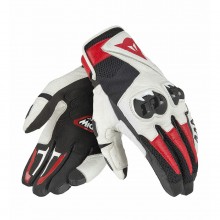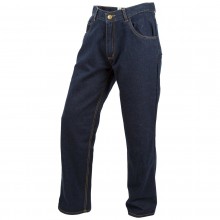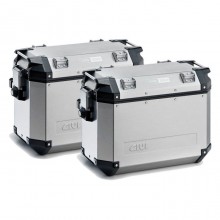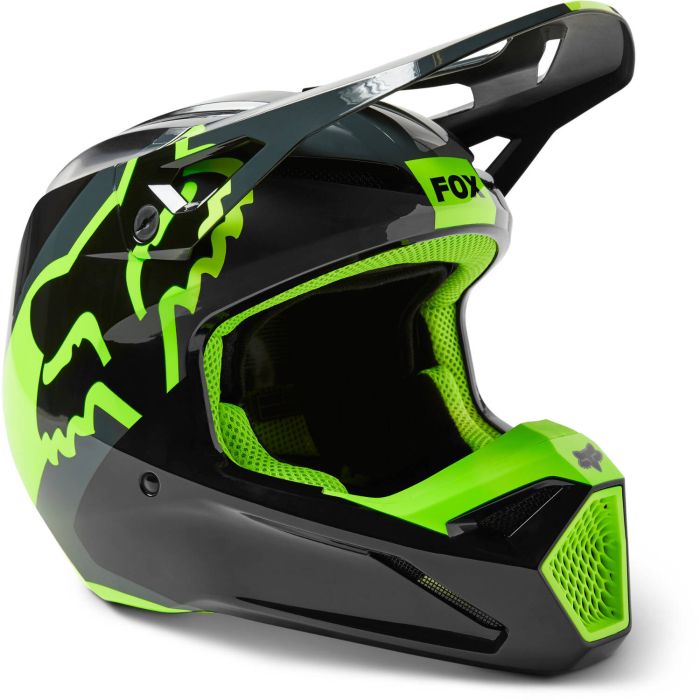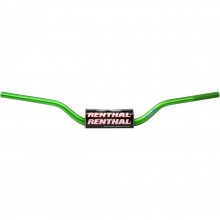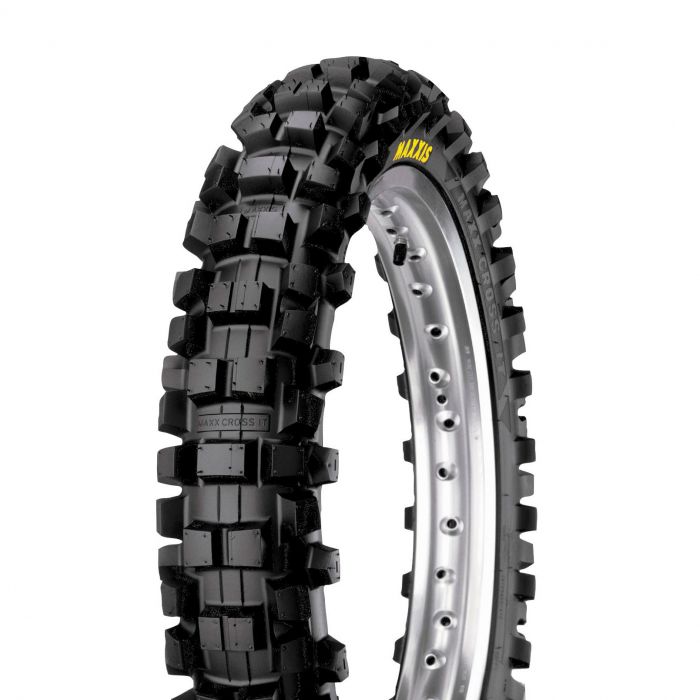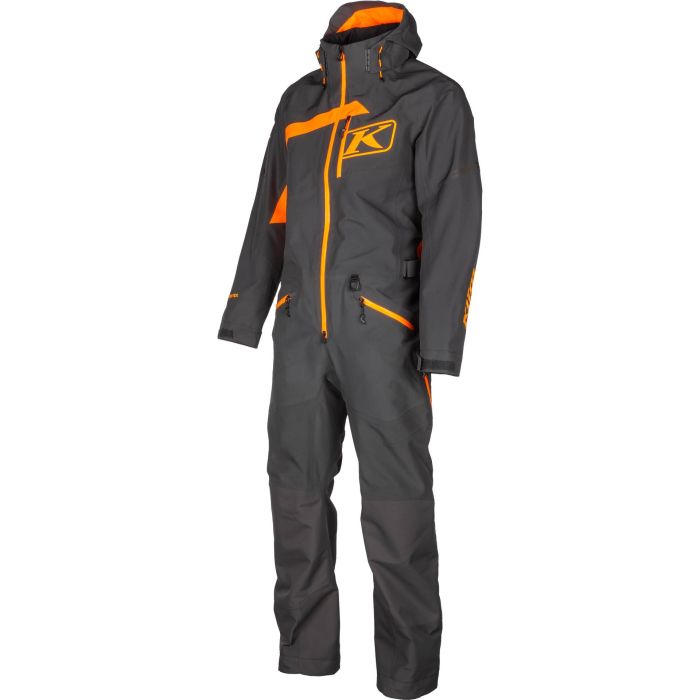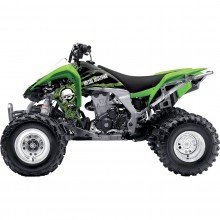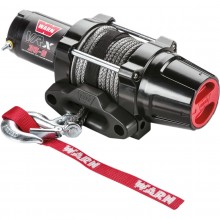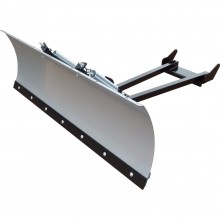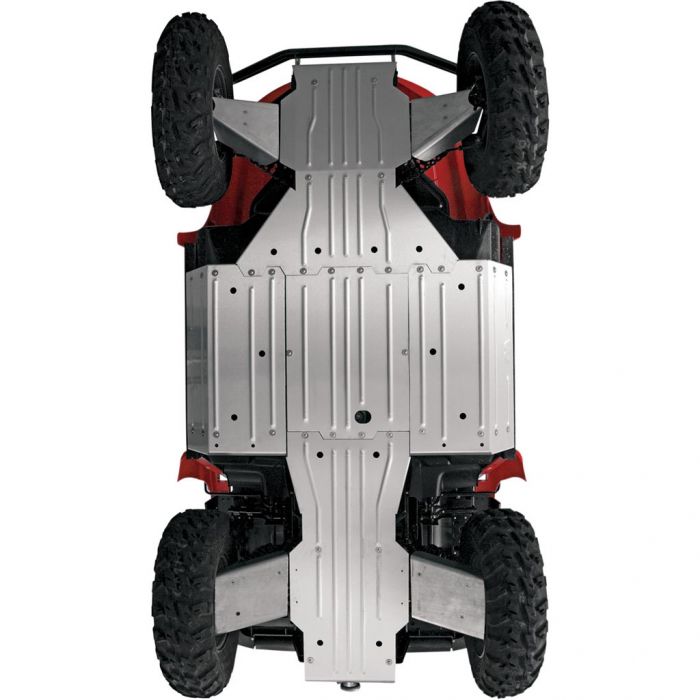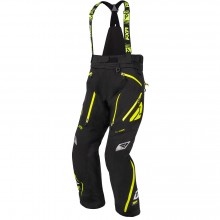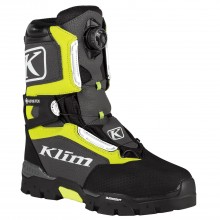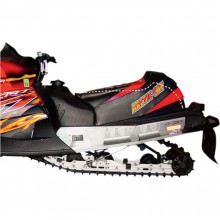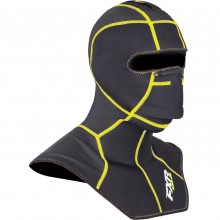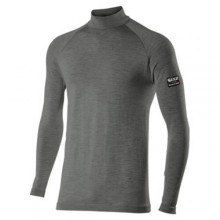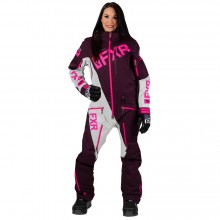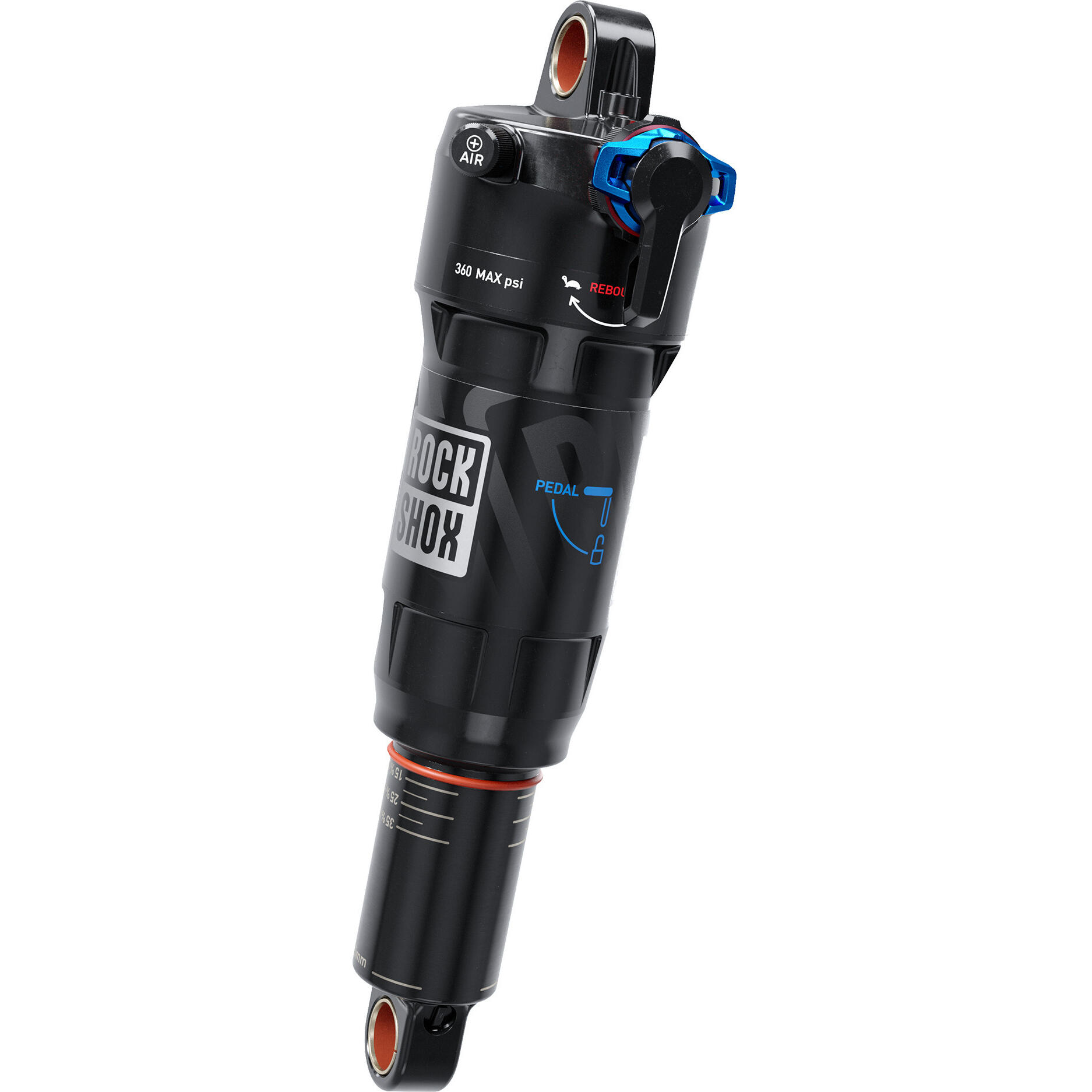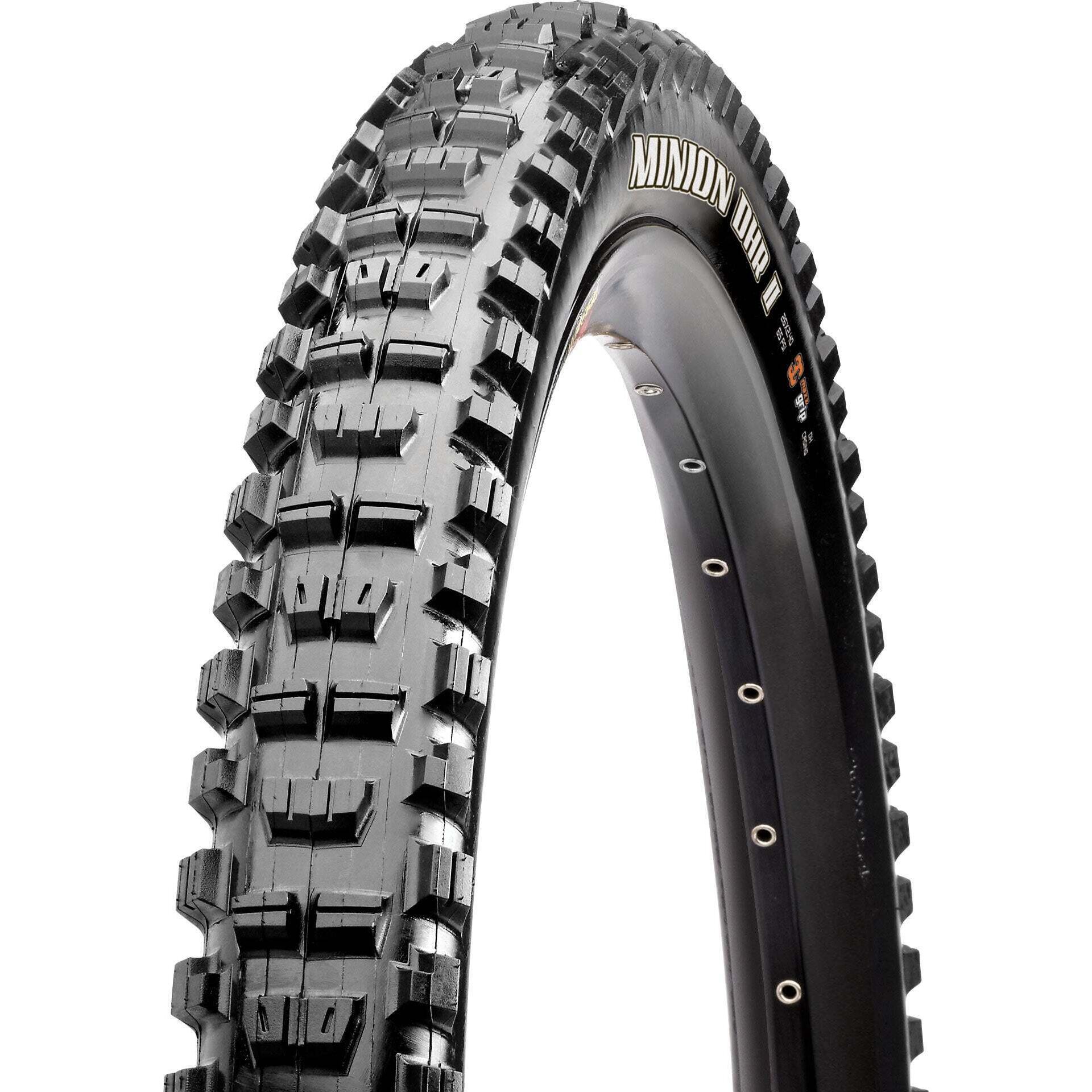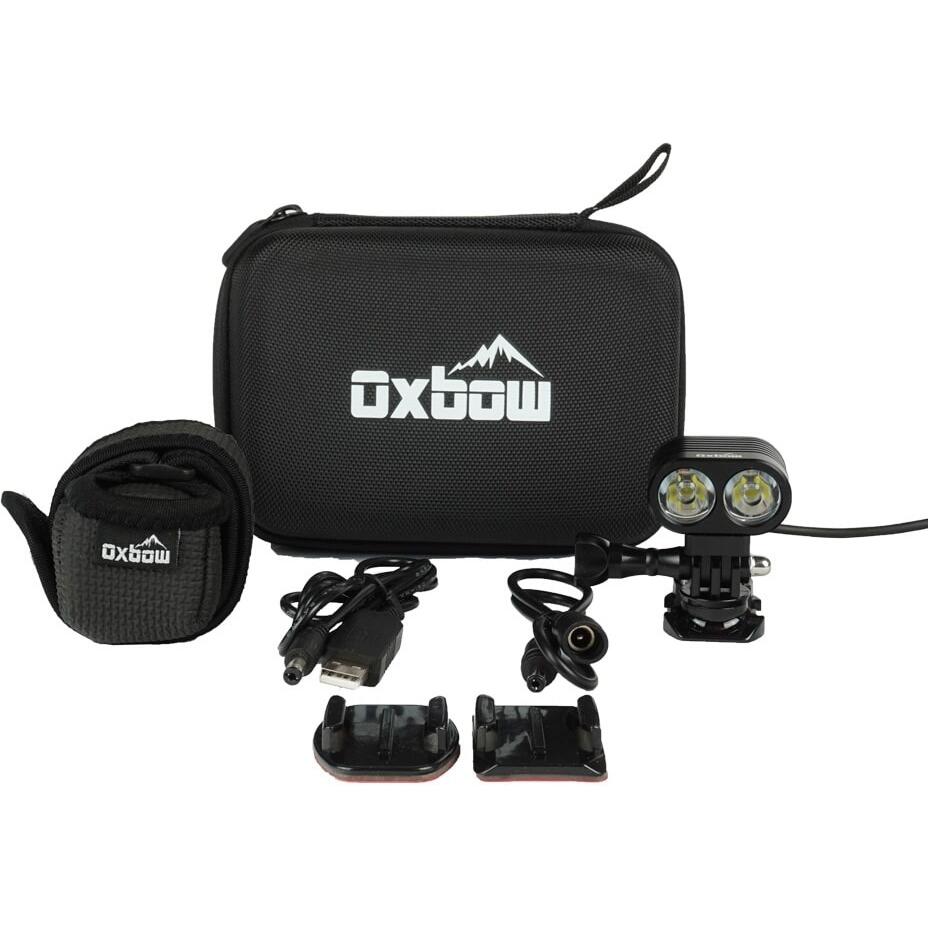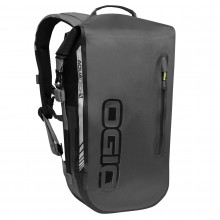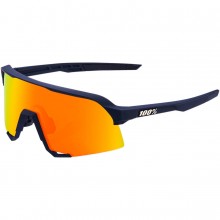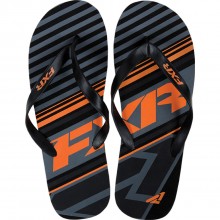[Video Transcript]
Bell Qualifier Helmet
For a standard full face, give me the Bell Qualifier all day long. It comes in a billion colourways but most of them – like this Cam Red – will cost me around 150 dollars.
The main thing I like is the way it feels. Out of all the full faces I’ve reviewed this season, the cheapo Bell Qualifier feels the most luxurious. Its cheekpads are contoured really well, and there’s a secondary neck roll that snugs up nice at the back.
Sure, it could just be that my particular head works well in here. But I can say that it feels lightweight on anybody . This large is 1470 grams and that’s objectively awesome for a polycarbonate bucket.
Features are good too. We have glove-operable vents on the chin bar and above the forehead, with four exhaust ports out the back. We also have a quick release visor and speaker recesses in the EPS liner. Those are small things, but they’re still rare to find on a budget lid.
Lowlights make a short list. The shield mechanism is clunky and strangely loud. And the Qualifier is only DOT rated, which puts an extra butterfly in my stomach when I ride in it. The main thing, however, is the road noise. To be totally honest about it… this helmet is loud as hell.
Fitment-wise, the Qualifier is an intermediate head shape and it fits true to the sizing chart online.
HJC CL-Max 2 Modular Helmet
Now, I personally wouldn’t go modular for under 200 bucks. Flip up mechanisms are complicated, so offering them cheap normally means that the manufacturer has to skimp out on weight, quietness and – worst of all – safety.
But if I absolutely need a modular helmet and I don’t have much coin … it’s HJC’s CL-Max 2 for 190 dollars.
What I love about the CL-Max 2 is that it cuts the right corners. No drop-down sun shade, which saves weight and means that the EPS liner and shell don’t have to make room for the extra lens. We also have fairly minimal ventilation: small active vents on the chin bar and forehead, with a tiny passive exhaust slit at the rear. Again, this helps the shell to stay smooth and low in profile.
The result is that this extra large comes in at 1700 grams, which is very light for a polycarbonate modular. I also suspect that the CL-Max 2 is on the safer end of its DOT rating thanks to the uniform shell construction.
I noticed a couple highlights that I didn’t expect on a budget option. For one, there’s a pinlock shield included in the box, which HJC didn’t have to do on a 200-dollar lid. We also get a one-hand, glove-operable chin bar release and this quick-release shield.
The CL-Max 2 has this Bluetooth port for a Chatterbox XBi2-H intercom system, but to be honest, I think Chatterbox makes awful comm systems so my preference would be to forget this port and just chuck a SENA or Cardo on here instead. I installed a 20S on one of these last year without any problems.
Like I said, I wouldn’t buy a cheap modular to begin with. But if I had to, the Cl-Max 2 is the best option for me. It’s a round-shaped helmet by the way, but my intermediate noggin fits alright. A bit drafty under the chin bar, but that’s probably an issue with the helmet rather than the fit.
GMax GM11 Adventure Snow Helmet
Next up: an adventure helmet. This is GMax’s GM11 and it’s actually a four-season, multipurpose lid. Adventure touring in the summer, snowmobiling in the winter.
I was skeptical at first, because this is a 150-dollar lid that claims to do the job of two helmets. But as far as I can tell, GMax has pulled it off.
It takes a while to roll the credits on this one. Removable sun peak, removable face shield, double lens for anti-fogging, speaker pockets, removable and washable liner, chin curtain, breath guard, 6 chin bar vents, 2 forehead vents, 2 chimneys and 6 exhaust vents.
One thing you won’t find in the stats – this face shield opens super wide, so I can use pretty much any goggle in here, whether I take the face shield off or not. The weight is also impressive – 1830 grams for this size large, which is pretty light for a plastic shell with a full visor and an extended chin bar.
Of course I have a few gripes. I wish GMax gave us thumb screws rather than Philips heads here, because the sun peak isn’t very aerodynamic and I’ll probably be removing it often. Also the helmet is only DOT rated, and I personally have more peace of mind in an ECE or Snell lid.
But hey, it’s a functional 50-50 adventure helmet that also works on a snowmobile. It’s an intermediate head shape that will fit a lot of people – myself included. And it only costs 150 dollars. If my only gripes are a couple screws and a safety sticker, maybe I shouldn’t be complaining at all.
Bell Custom 500 Helmet
Now, my top pick for a ¾ helmet is easy. The Bell Custom 500 is my favorite open face on the market and, happy day, it happens to cost less than 200 bucks.
Bell is particularly fond of this helmet. Probably because the 500 was the first one ever molded by the company’s founder – Roy Richter. Just like in 1954, this is a simple fibreglass bucket. No ventilation, no removable liner … nothing.
The Custom 500 is as minimal as it gets, and minimalism is what it does best. This size large is a featherweight 1100 grams and it’s unbelievably slim. Bell offers five separate shell and EPS sizes across the range, just to make sure my head gets the lowest possible profile from the helmet. And by the way, it fits best on an intermediate head shape.
What else do I need to know? … It’s DOT and ECE approved, so the ¾ of my head that’s actually covered is pretty safe. The Custom 500 comes in a million colourways, and this sticker even peels off if I want a blank canvas to work with. These five snaps are compatible with a huge number of shields and visors from Biltwell or – of course – from Bell. And finally, the interior is quilted.
At 150-180ish, I actually think the Custom 500 is underpriced.
Bell Pit Boss Helmet
When it comes to half helmets, the king of the hill also clocks in below that 200-dollar price point. Of course, I’m referring to the Bell Pit Boss.
Everything you need to know about this helmet can be counted on three fingers.
One – speed dial adjustment system. It’s stolen right from the bicycle world: just turn this wheel, and the interior of the helmet snugs up to create a custom fit with my noggin. Because of this, the Bell Pit Boss is usually the helmet I recommend to people with round and oval heads.
Two – drop down sun visor. That pretty much speaks for itself. I just wish Bell had provided a spare clear lens, because it would be nice to have some eye protection for riding at night.
And three – TriMatrix shell construction. TriMatrix is a weave of Kevlar, carbon fibre and fibreglass. On a full face helmet, fancy materials can save a lot of weight. But with a little bucket like this … yeah it makes it a bit lighter and thinner … but mainly it just racks up the price tag.



